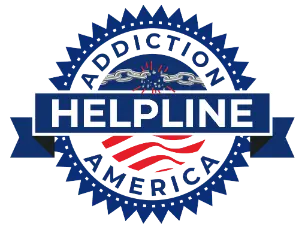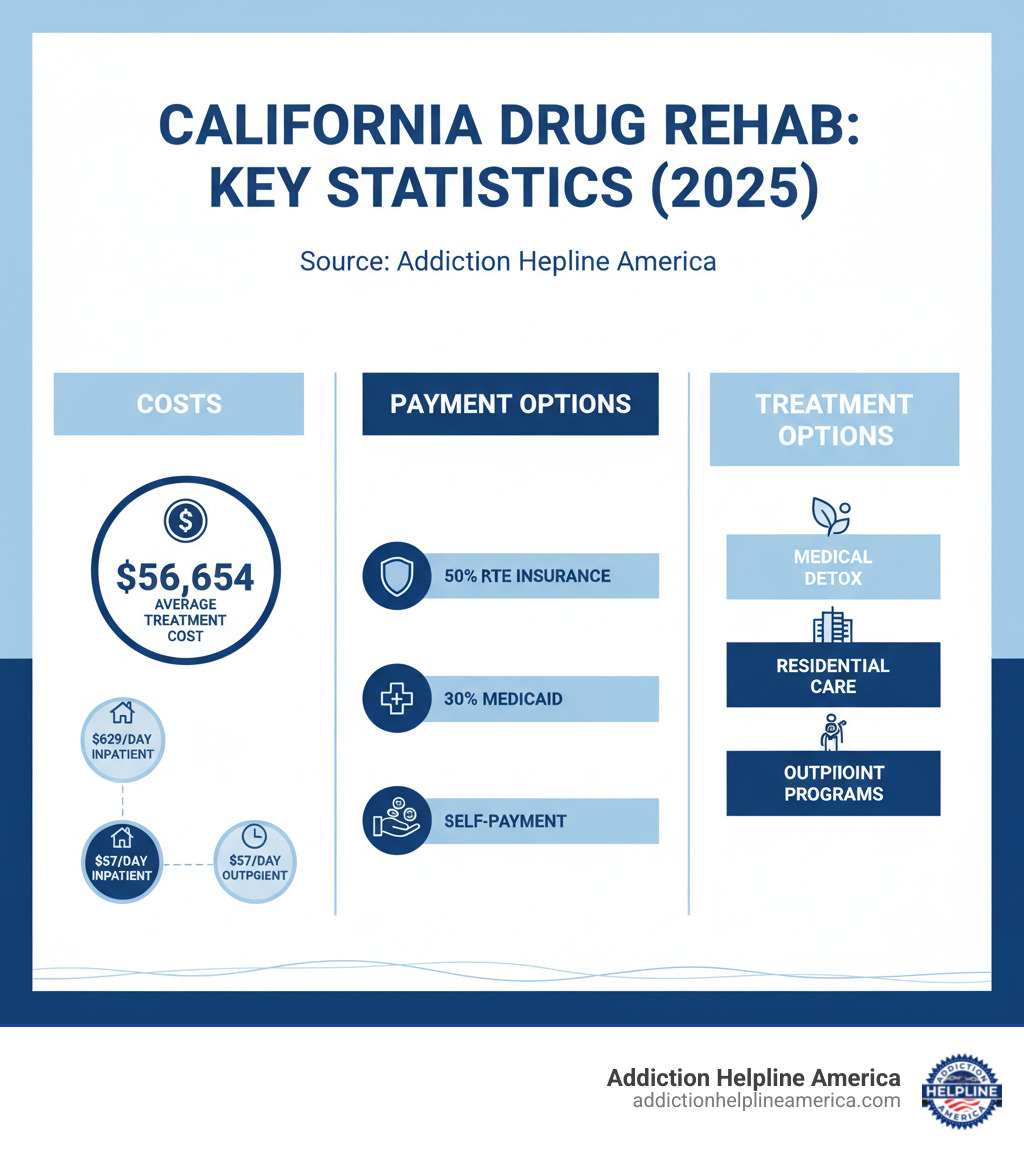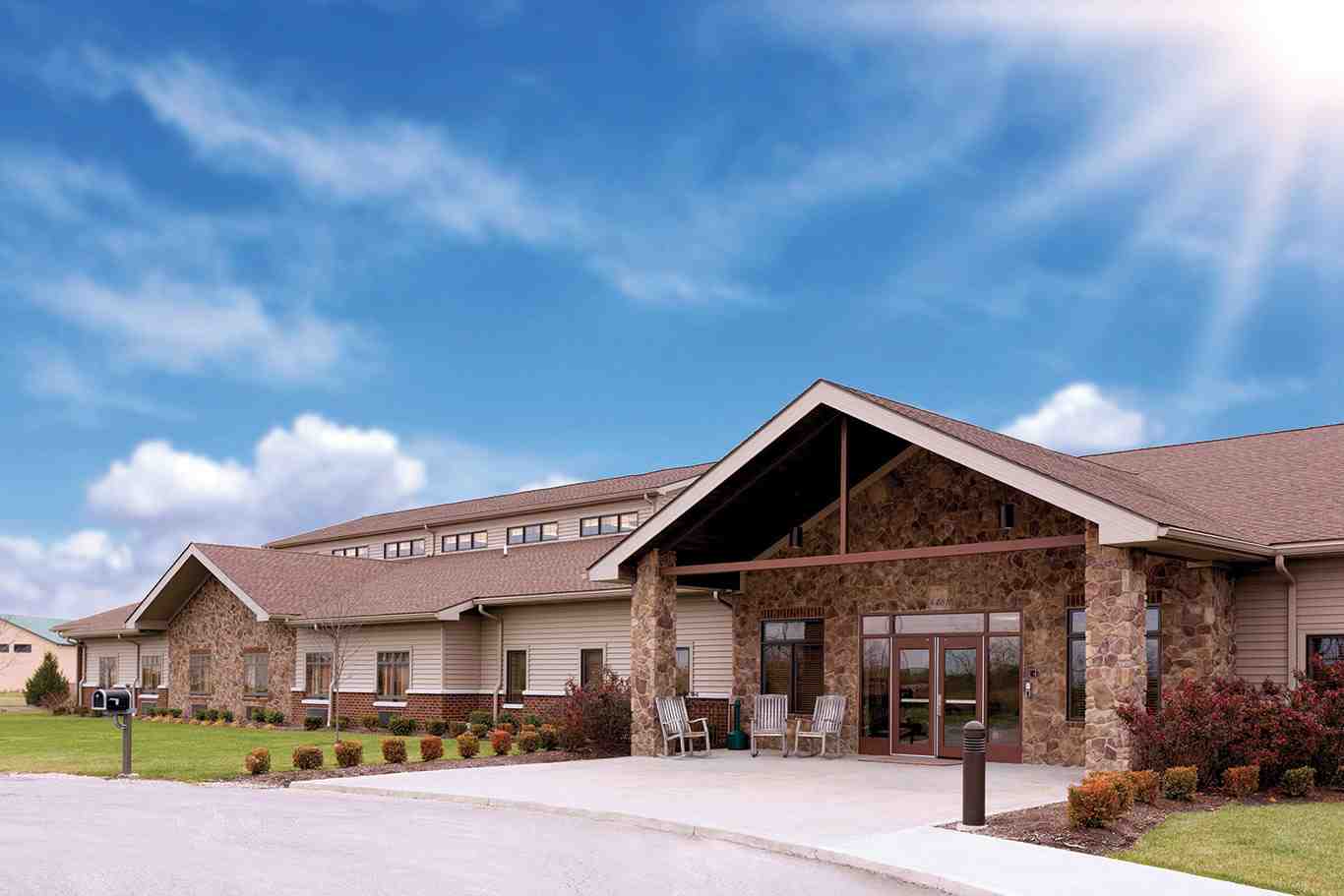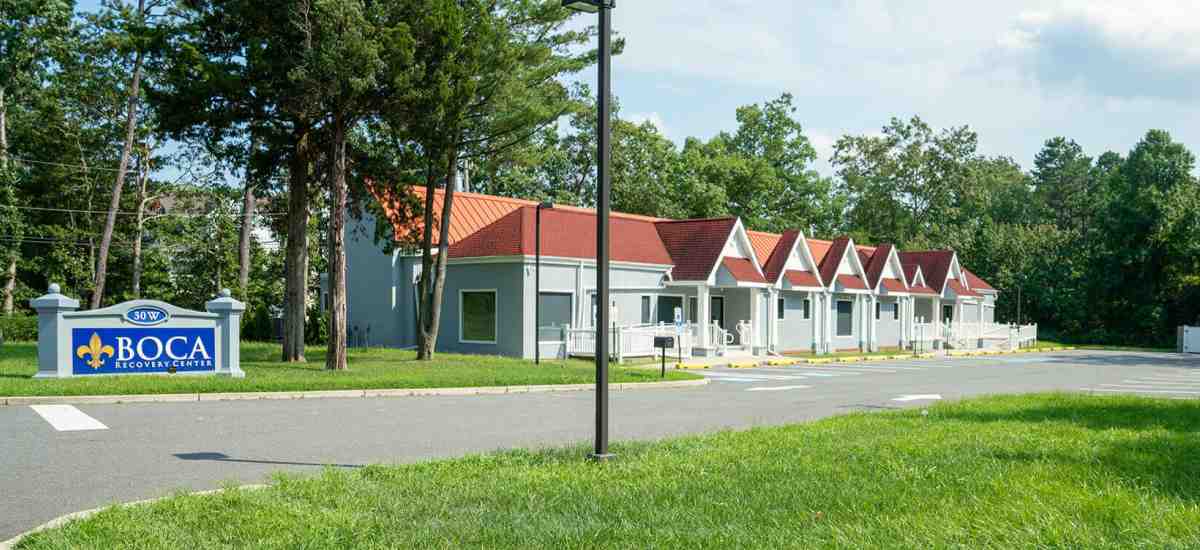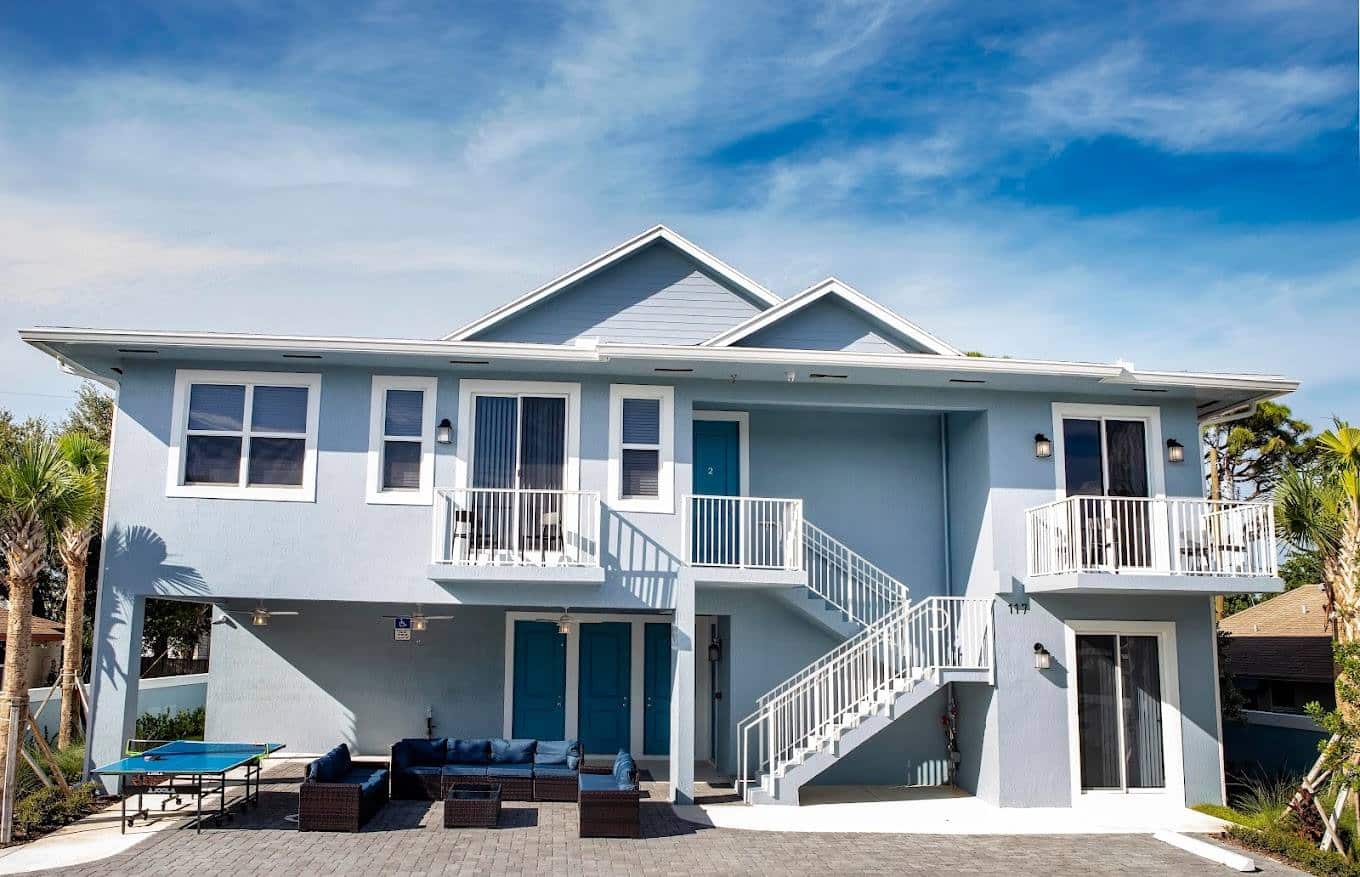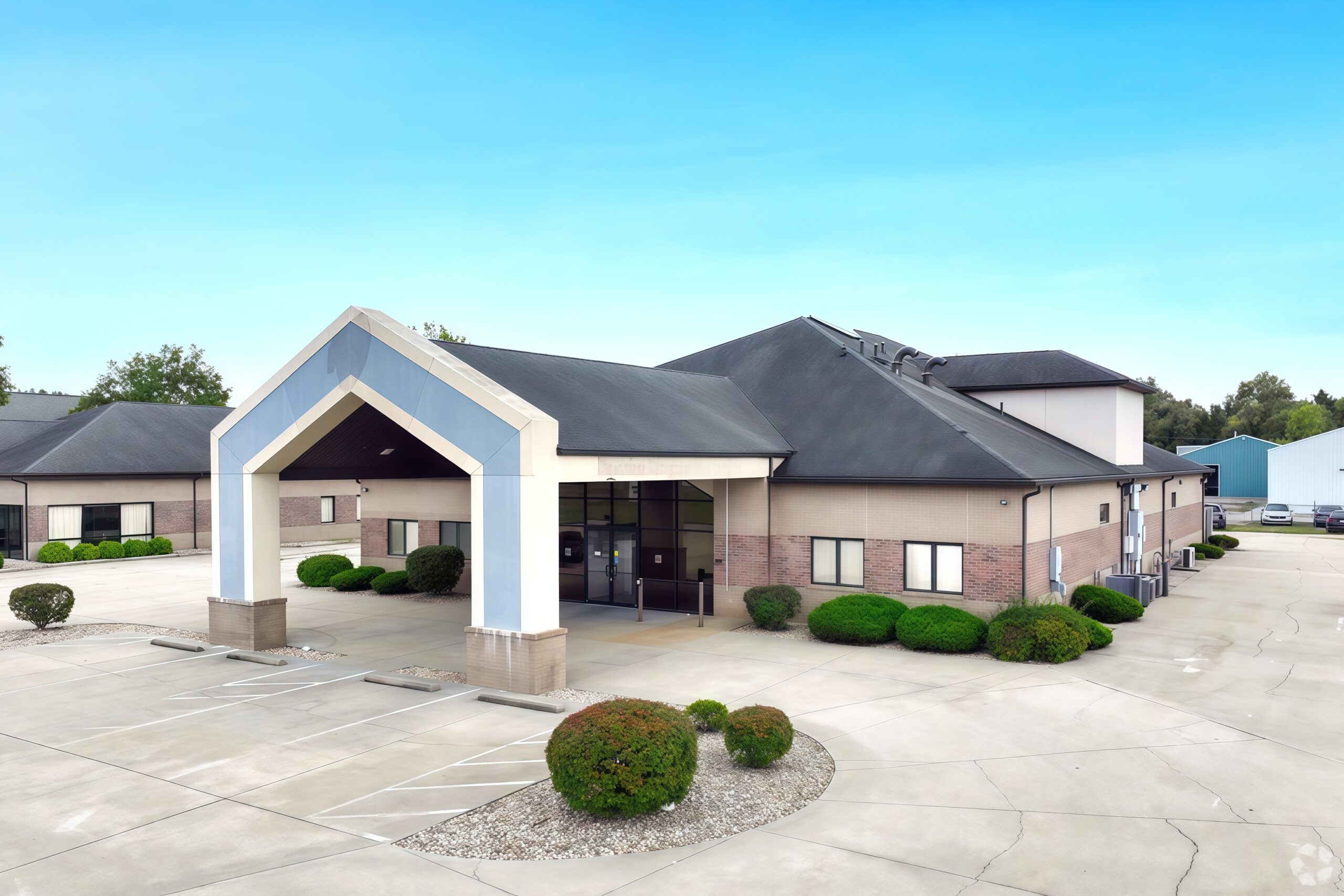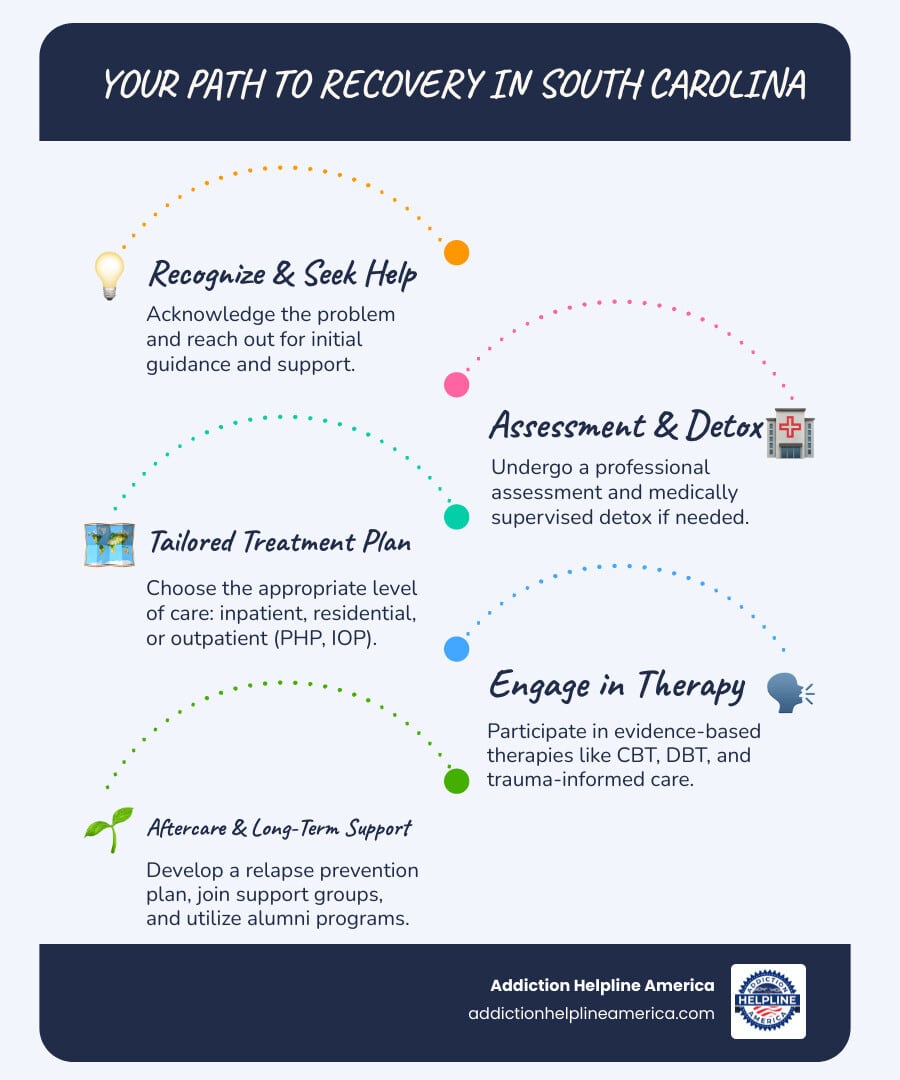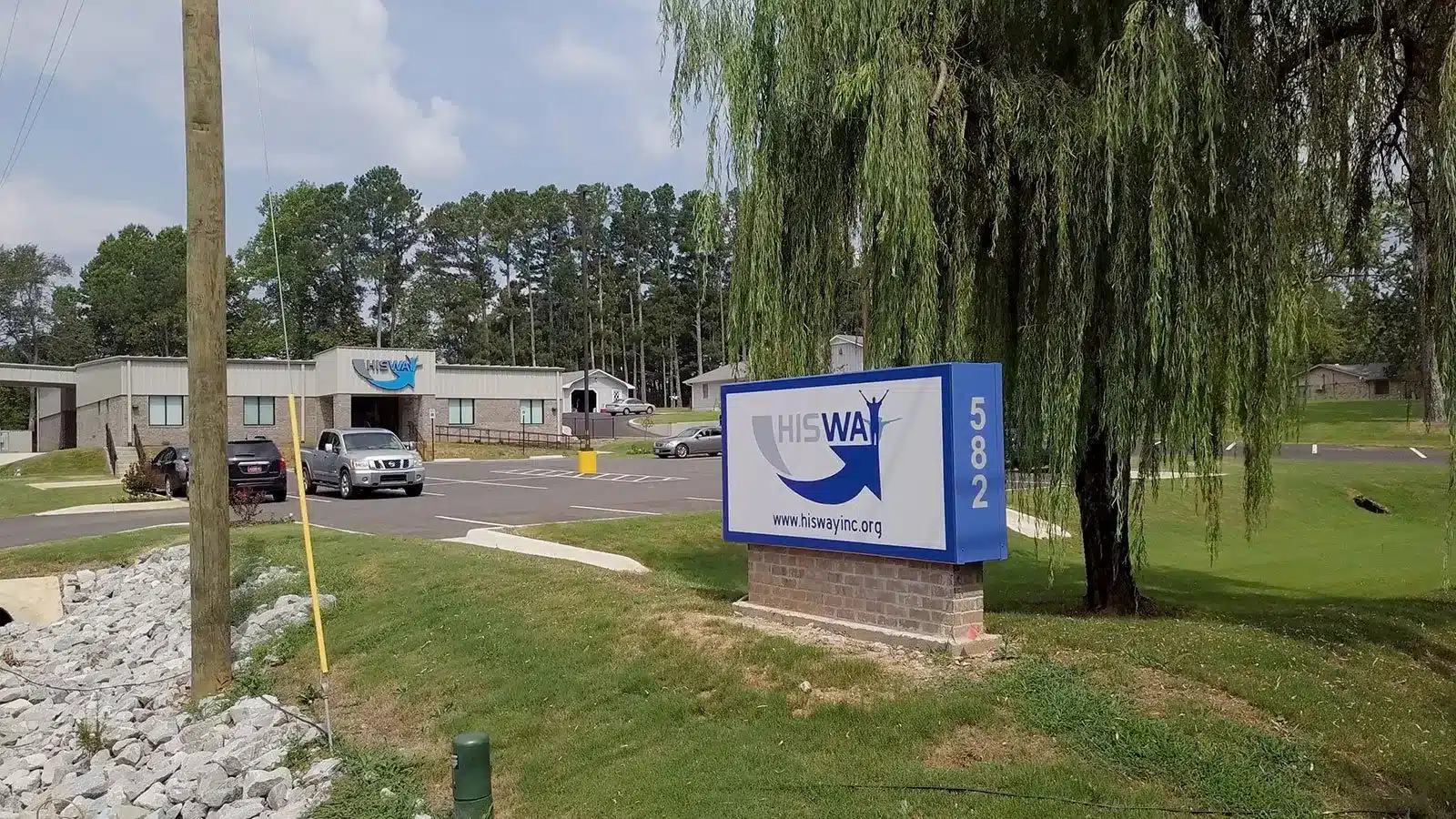
Your Path to Recovery Starts Here
Drug rehab California offers some of the nation’s most comprehensive addiction treatment options, with over 1,200 facilities providing everything from medical detox to long-term residential care. California’s treatment centers provide multiple levels of care, accept various insurance plans, and offer specialized programs to meet diverse needs.
Quick Facts About California Drug Rehab:
- Average treatment cost: $56,654 per person
- Daily inpatient cost: ~$629 without insurance
- Daily outpatient cost: ~$57 without insurance
- Insurance acceptance: 50%+ accept private insurance, 30%+ accept Medicaid
- Payment flexibility: 60%+ offer sliding scale fees, 80%+ accept self-payment
California’s diverse landscape mirrors its variety of treatment approaches. From oceanfront facilities to serene mountain retreats, the state provides healing environments that address the whole person, not just the addiction.
The journey to recovery can feel overwhelming. With over 10,000 drug overdose deaths in California in a single year, the need for effective treatment is urgent. Yet, there is tremendous hope. California’s treatment centers have high success rates, combining evidence-based therapies with innovative approaches to help people heal.
This guide will walk you through everything you need to know about finding the right treatment in California, from understanding levels of care to navigating costs and insurance.
At Addiction Helpline America, we connect individuals and families with California’s top treatment resources. We provide compassionate guidance to help you steer the complex landscape of drug rehab California options, ensuring you find a program that fits your unique situation and recovery goals.
Understanding the Levels of Care in California
Drug rehab California isn’t a one-size-fits-all solution. Treatment is a spectrum of care designed to meet you where you are. Whether you’re just starting or have tried treatment before, there’s a level of care that matches your needs.
Medical Detox: The First Step
Medical detox is often the first step, providing a safe, supervised environment to manage withdrawal. It’s not just about getting clean; it’s about doing so safely. With 24/7 medical monitoring, staff manage symptoms from alcohol detox or drug detox that can be uncomfortable or even dangerous. The focus is on safety and comfort, using proven protocols to ease withdrawal. Detox typically lasts 5 to 14 days, stabilizing your body for the therapeutic work to come.
Inpatient/Residential Treatment
After detox, many people enter residential treatment. This immersive environment removes you from triggers and provides 24/7 support. Structured daily schedules with therapy, workshops, and healthy activities help rebuild positive routines. Programs are typically offered in 30, 60, or 90-day formats, allowing you to focus entirely on recovery without distractions. Legitimate facilities are licensed by the State Department of Health Care Services, ensuring they meet strict standards.
Outpatient Treatment Programs
Outpatient programs offer the flexibility to get treatment while maintaining daily commitments. Partial Hospitalization (PHP) is the most intensive option, with 6-8 hours of treatment daily. Intensive Outpatient (IOP) is less intensive, meeting a few times per week. These programs help you practice coping skills in real-world situations, balancing recovery and daily life. They often serve as a bridge from residential treatment to independent recovery.
Common Therapies and Services
Effective drug rehab California centers use evidence-based practices. Cognitive Behavioral Therapy (CBT) helps change thought patterns that lead to substance use. Dialectical Behavior Therapy (DBT) focuses on managing emotions and improving relationships. Medication-Assisted Treatment (MAT) combines medications with counseling to reduce cravings for opioid and alcohol addiction. Many facilities also offer holistic therapies like yoga, meditation, and art therapy to treat the whole person. Individual and group counseling are the backbone of treatment, providing private space for personal issues and connection with peers who understand your struggles.
Navigating the Costs of Drug Rehab California
A common question is, “How much will this cost?” While finances can be a concern, understanding the costs of drug rehab California is manageable, and many payment options are available.
Average Costs and What They Cover
Drug rehab California costs vary widely. The average total cost is about $56,654, covering the entire journey from detox to aftercare. Without insurance, daily costs are roughly $629 for inpatient and $57 for outpatient. Key factors influencing the final price include program length, facility type (luxury vs. standard), and the specific services included, such as specialized therapies or dual diagnosis treatment.
| Treatment Type | Self-Pay (30 days) | With 60% Insurance | With 80% Insurance |
|---|---|---|---|
| Inpatient | $18,885 | $7,554 | $3,777 |
| Outpatient | $1,703 | $681 | $341 |
How Insurance Works for Rehab
Thanks to the Mental Health Parity Act, insurance must cover addiction treatment like any other medical condition. Over half of California’s facilities accept private insurance from major providers. It’s important to know if a facility is in-network (lower cost) or out-of-network (higher cost). PPO plans offer more flexibility, while HMO plans require you to stay in-network. Most centers have admissions staff who can verify your benefits for free, explaining your coverage and out-of-pocket costs.
Other Payment Options
If you don’t have private insurance, other options exist. Over 30% of facilities accept Medicaid, which can cover the full cost for eligible individuals. More than 60% of facilities offer sliding scale fees, adjusting costs based on your income. Over 80% accept private pay, and many offer financing options to spread payments over time. Some non-profits also provide scholarships or grants. Financial concerns shouldn’t be a barrier to treatment. At Addiction Helpline America, we help you steer these options to find an affordable solution.
How to Choose the Right Addiction Treatment Center
Choosing the right drug rehab California facility is a critical, personal decision. Finding a program that fits your unique needs is key to building a foundation for lasting recovery.
Key Factors to Consider
Look past the marketing and focus on what matters for success.
- Accreditation and licensing: Ensure the facility is licensed by the state and look for national accreditations from bodies like The Joint Commission or CARF, which signify high standards for quality and safety.
- Staff qualifications: A qualified, compassionate team is crucial. Look for multidisciplinary staff including licensed therapists, doctors, and certified counselors.
- Treatment philosophy: Find a philosophy that resonates with you, whether it’s 12-step, secular, holistic, or a blend.
- Location and environment: Decide if you’d prefer an urban or rural setting, and whether staying close to home or traveling is better for your recovery.
- Patient-to-staff ratio: A lower ratio usually means more individual attention. Ask about the amount of one-on-one therapy provided each week.
Specialized Programs at Drug Rehabs in California
Many people need specialized care. Consider programs that address your specific circumstances:
- Dual diagnosis treatment: For those with co-occurring mental health conditions like depression or anxiety. Effective programs treat both addiction and mental health simultaneously.
- Gender-specific programs: Provide safe spaces to explore issues relevant to men or women.
- Faith-based programs: Integrate spiritual principles like prayer and worship into the recovery process.
- LGBTQ+ affirming care: Offers culturally competent care in a supportive environment for sexual and gender minorities.
- Veterans’ programs: Address the unique challenges of military service, such as trauma and PTSD.
- Executive programs: Cater to professionals needing discretion and the ability to stay connected to work.
Amenities and Unique Features
While clinical excellence is paramount, amenities can improve your comfort and engagement.
- Luxury rehab facilities offer resort-style features like gourmet meals, private rooms, and spa services. Comfort can help you focus on healing, but it isn’t a requirement for success.
- Standard facilities focus on creating a warm, home-like atmosphere with comfortable accommodations and healthy meals.
- Fitness and wellness amenities like gyms, yoga, and outdoor activities support overall well-being.
- Unique features such as pet-friendly policies or innovative therapies might appeal to your specific needs.
The most important amenity is an environment that fosters hope and healing.
Ensuring Long-Term Success After Treatment
Recovery is a lifelong journey that continues after you leave a treatment facility. The best drug rehab California programs emphasize aftercare planning to support you during the challenging transition back to daily life. Comprehensive aftercare is a lifeline for maintaining sobriety.
The Importance of Aftercare and Alumni Support
Aftercare is the essential bridge from treatment to independent living, helping prevent relapse. Key components include:
- Relapse prevention planning: Working with counselors to create a roadmap for handling triggers and cravings.
- Sober living arrangements: These homes offer a supportive, drug-free environment to practice new skills with more independence. Many top programs offer this as part of their continuum of care.
- Alumni groups: Connecting with a community of peers who understand your journey provides invaluable support. Some centers offer lifetime aftercare programs for alumni and their families.
- Ongoing counseling: Continuing therapy helps you process new challenges and reinforce recovery skills.
- Sober support network: Quality programs help you connect with local resources like 12-step groups (AA/NA) or SMART Recovery before you even leave treatment.
How Drug Rehabs in California Address Co-Occurring Disorders
Many people with addiction also have co-occurring mental health disorders like depression, anxiety, or PTSD. The best drug rehab California centers provide integrated treatment for these dual diagnoses, addressing both conditions simultaneously for better outcomes. Treatment begins with a thorough psychiatric evaluation to create a comprehensive plan. This may include medication management, where appropriate, to support both mental health and sobriety. Specialized therapies like Dialectical Behavior Therapy (DBT) and trauma-informed care are used to teach emotional regulation and address underlying issues that fuel addiction. A holistic approach that heals the mind, body, and spirit is often emphasized.
Benefits of Seeking Treatment Close to Home
While traveling for treatment can be beneficial, choosing a drug rehab California facility close to home has distinct advantages:
- Family involvement in therapy: It’s easier for loved ones to participate in family sessions, which are crucial for healing relationships and building a supportive home environment.
- Easier transition back to daily life: Returning home is less jarring when you’ve maintained connections to your local community during treatment.
- Access to local support networks: You can build relationships with local alumni groups and community resources before completing the program.
- Reduced travel stress and costs: Staying local removes logistical and financial barriers, making it easier to take the first step.
For many Californians, staying in-state means getting quality care without leaving their support system, which can lead to stronger long-term recovery.
Frequently Asked Questions about California Rehab
How long does rehab in California typically last?
Treatment length is personalized to your needs. There is no one-size-fits-all answer.
- Medical detox typically lasts 5 to 14 days.
- Residential or inpatient treatment commonly runs for 30, 60, or 90 days, though some programs may be longer, averaging 3 to 6 months for those who need more time for deeper healing.
- Outpatient treatment can continue for several months, with decreasing intensity as you build skills.
The right length is whatever time you need to build a solid foundation for recovery.
Can I lose my job for going to rehab?
It’s a common fear, but federal laws protect you. You generally cannot be fired for seeking addiction treatment.
- The Family and Medical Leave Act (FMLA) provides up to 12 weeks of unpaid, job-protected leave for medical reasons, including rehab.
- The Americans with Disabilities Act (ADA) classifies addiction as a disability, protecting you from discrimination.
Your medical information is confidential. You only need to inform your employer that you are taking medical leave. Your health should be your priority.
What is the difference between a 12-step and non-12-step program?
Both approaches aim for lasting sobriety but use different philosophies.
- 12-step programs (like AA and NA) are built on spiritual principles. They involve peer support, admitting powerlessness over addiction, and acknowledging a “higher power” to find strength. Many clinical programs integrate these principles.
- Non-12-step programs (like SMART Recovery) take a secular, evidence-based approach. They focus on self-empowerment, using therapies like CBT to build coping skills and take personal responsibility for recovery.
Many drug rehab California centers offer both or a hybrid model. The “right” choice depends on your personal beliefs and recovery style.
The Golden State Offers a Golden Opportunity for Healing
California is a leader in addiction treatment, offering diverse and effective drug rehab California options that transform lives. The state’s incredible variety of evidence-based, holistic, and specialized programs ensures you can find a path that aligns with your unique needs. California’s commitment to comprehensive care means you get support for your whole life, from dual diagnosis treatment to robust aftercare planning. Recovery is a journey, not a destination.
We know taking the first step is hard, but recovery is happening every day for people across California. The state’s high success rates and innovative approaches prove that lasting sobriety is achievable, no matter your circumstances.
At Addiction Helpline America, our mission is to connect you with these life-changing opportunities. Our team provides free, confidential guidance to help you understand your options, verify insurance, and find the right program. We are here to support, not pressure.
Your story of recovery can begin today. The help you deserve is ready and waiting.
Start your journey to recovery today – because a life free from addiction is possible, and California’s treatment centers can help you claim it.
Our helpline is 100%
free & confidential
If you or someone you care about is struggling with drug or alcohol addiction, we can help you explore your recovery options. Don’t face this challenge alone—seek support from us.
Programs
Resources
Will my insurance
cover addiction
treatment?
We're ready to help
Find the best
drug or alcohol treatment
center
Are you or a loved one struggling with addiction? Call today to speak to a treatment expert.
